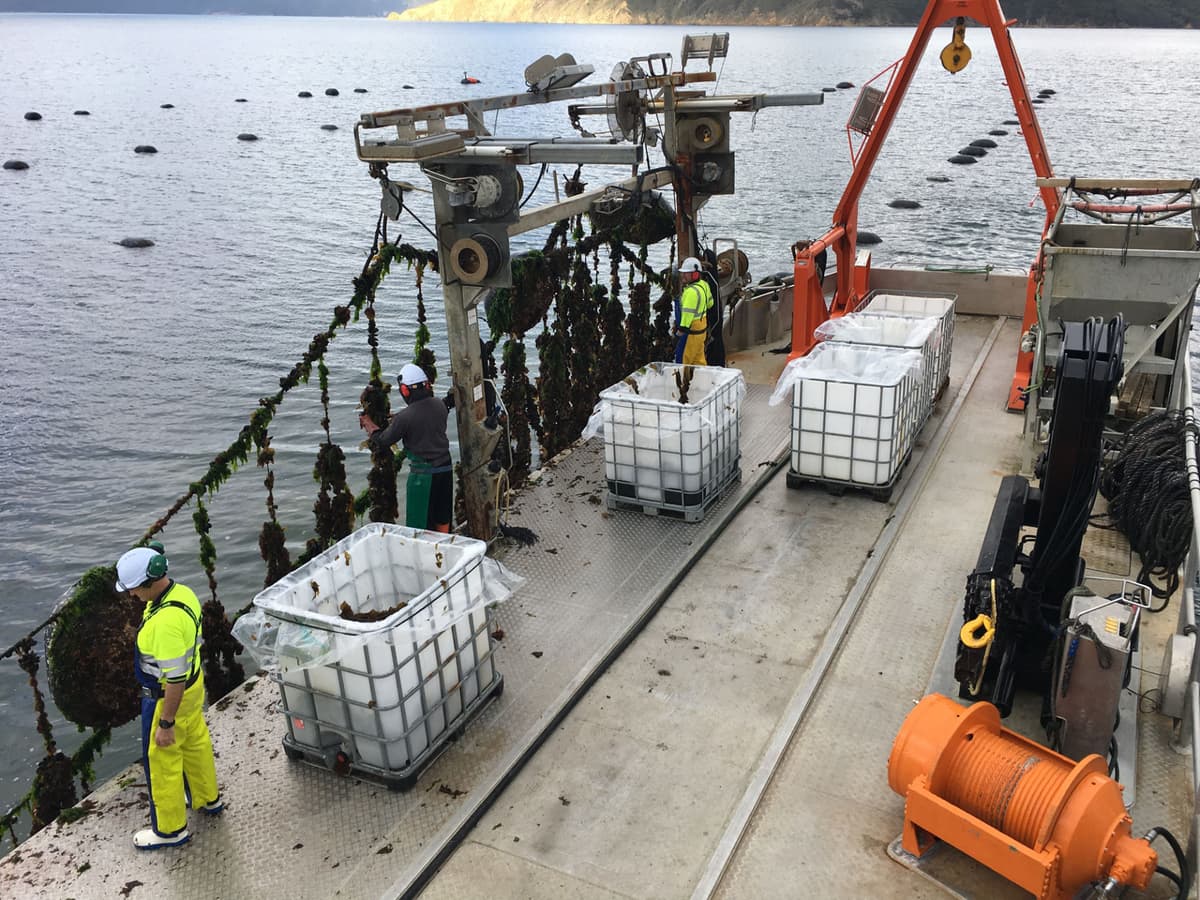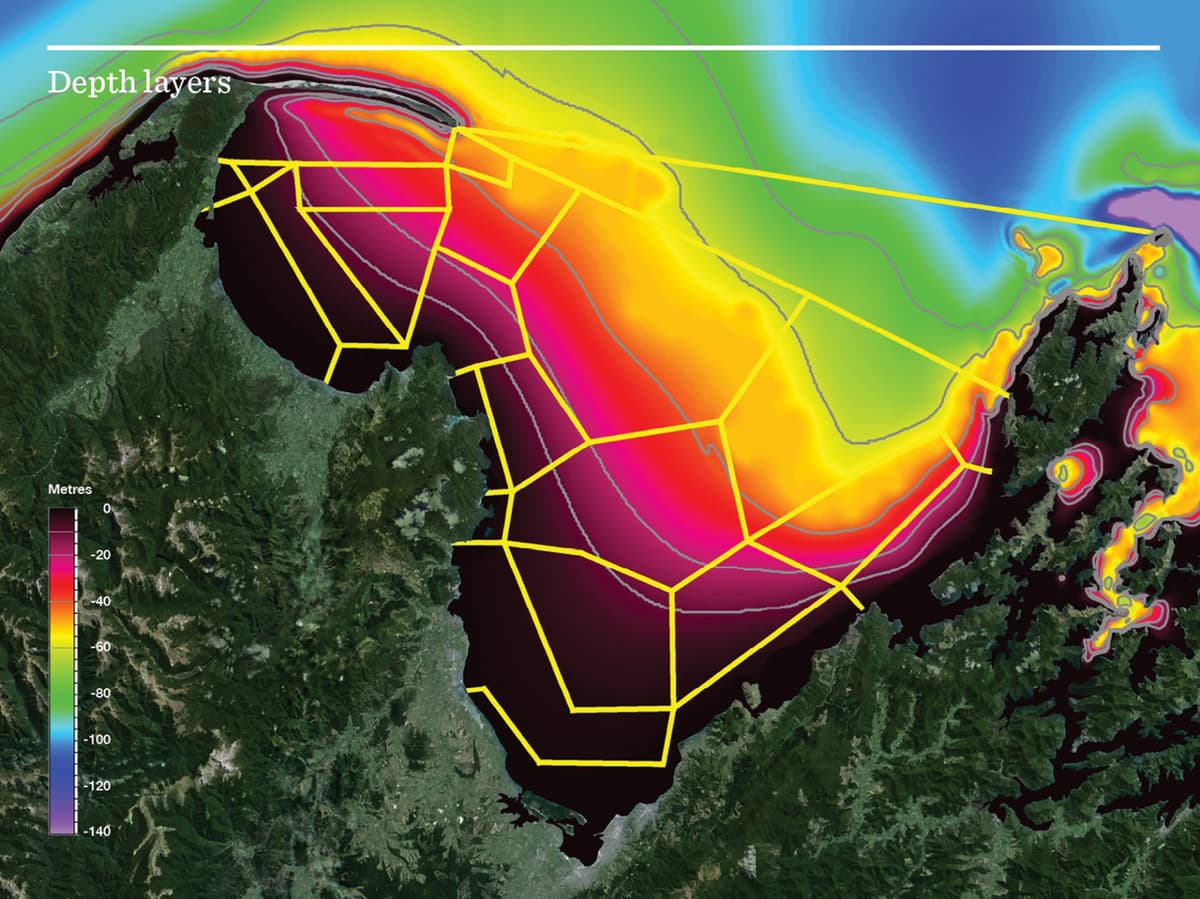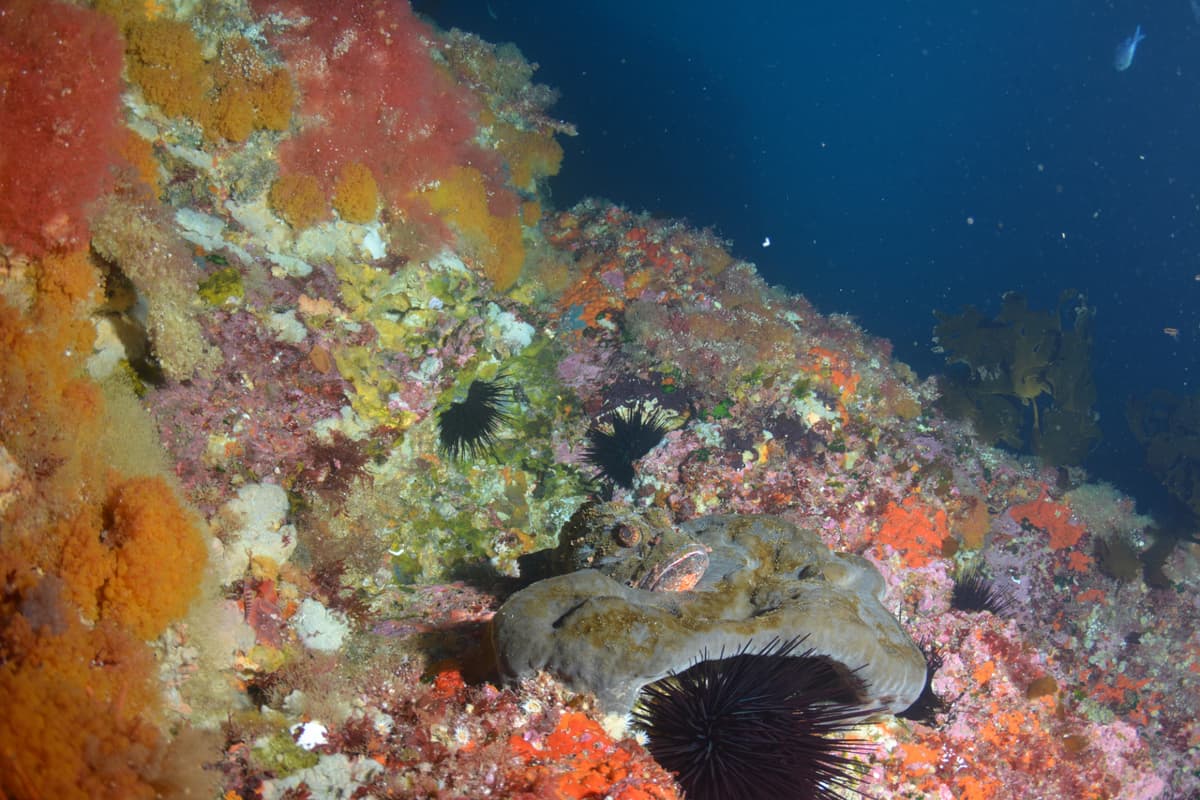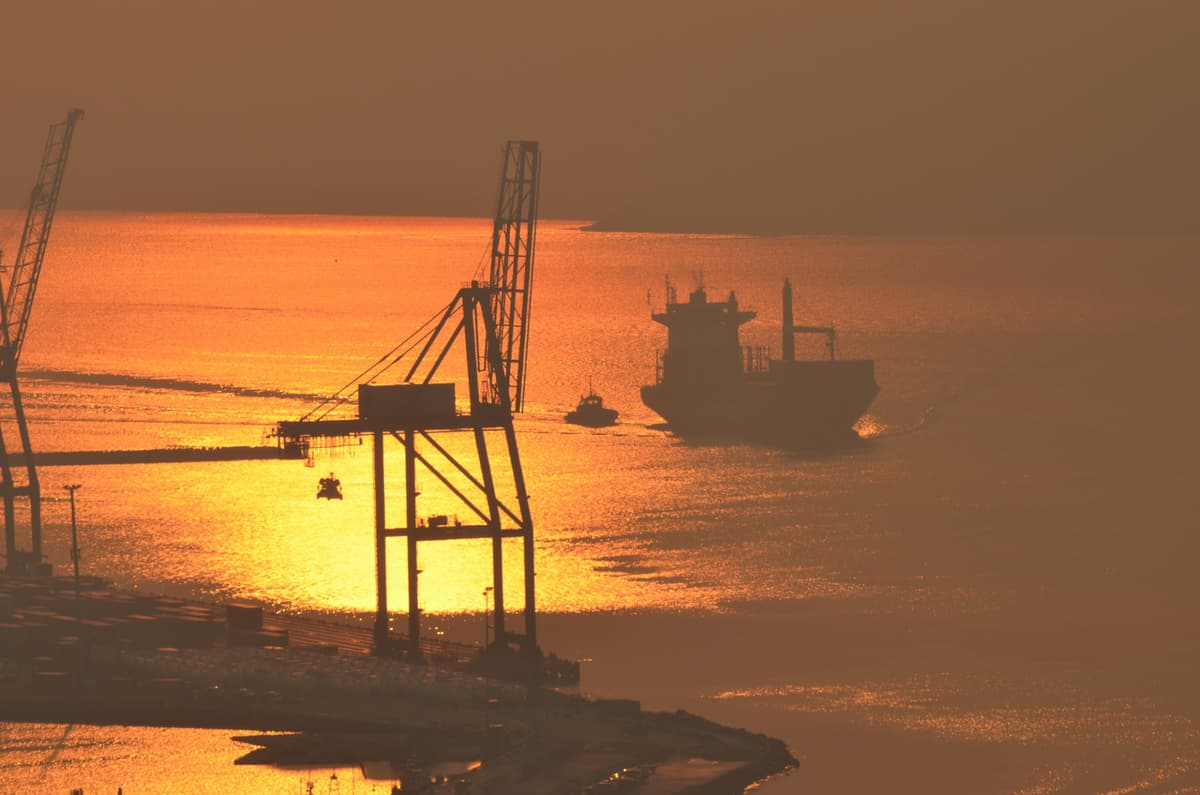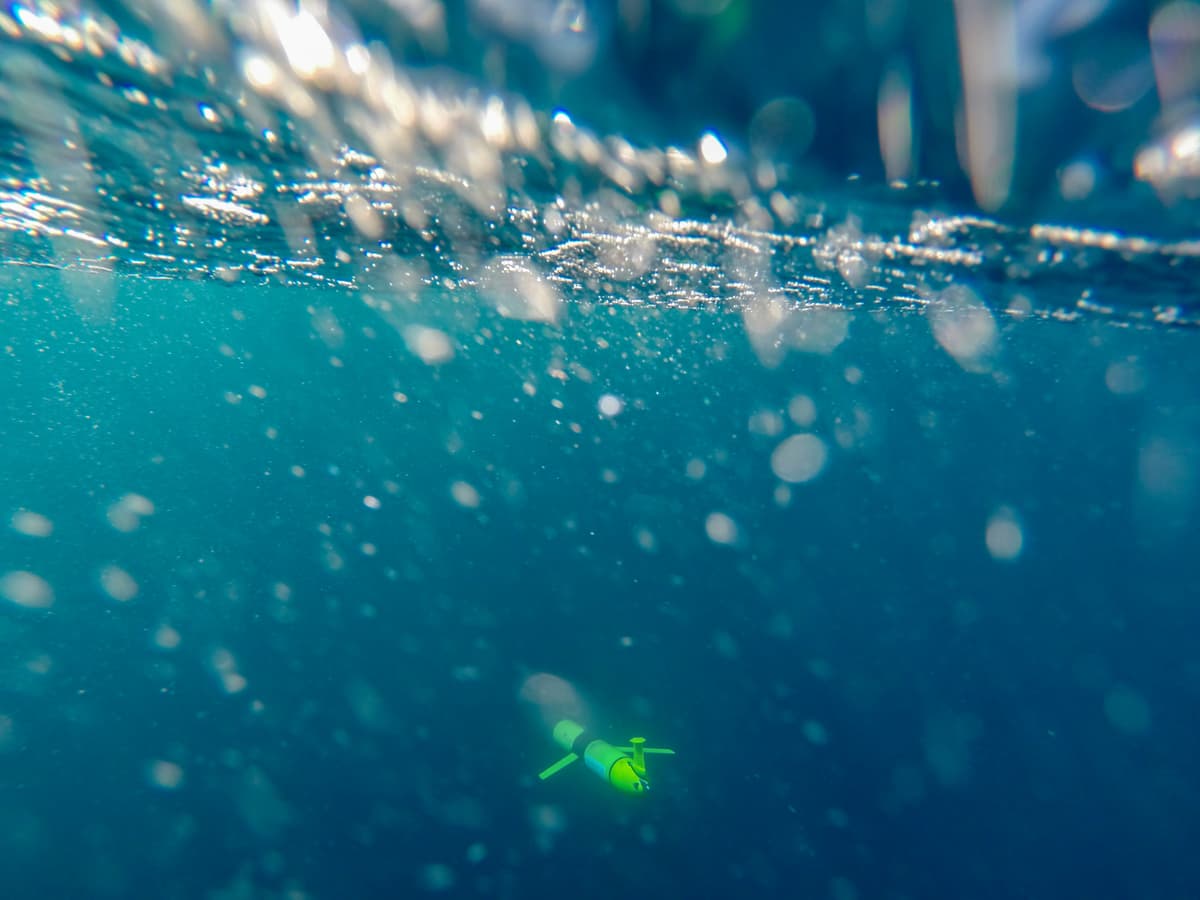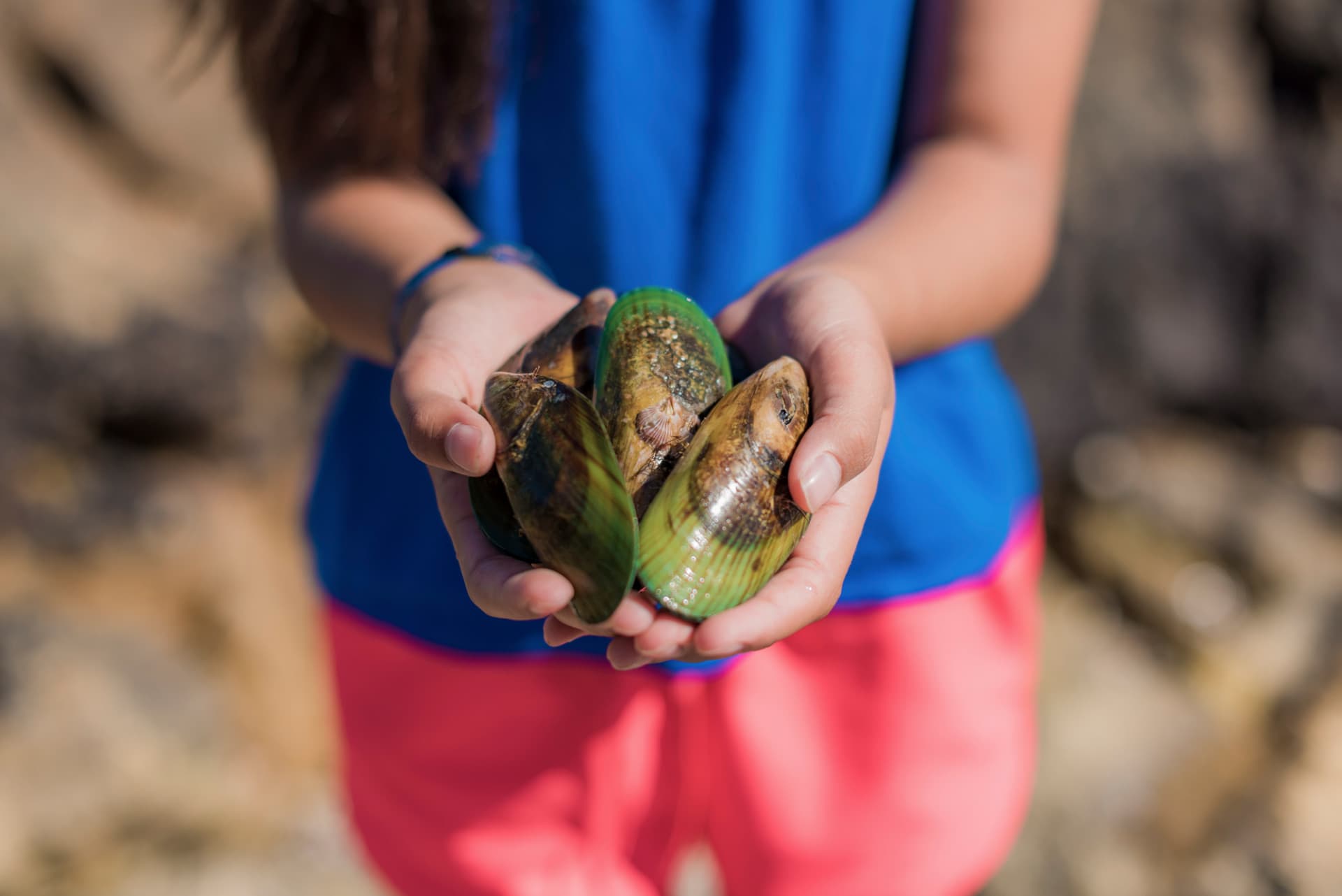

We tested techniques to raise the pH of coastal waters around mussel farms to improve shellfish growth.
| Project Leader | Duration | Budget |
|---|---|---|
| Cliff Law (NIWA/University of Otago) | February 2017 – September 2019 | $300,000 |
Coastal waters are becoming more acidic due to increasing atmospheric carbon dioxide and local processes such as microbial respiration. This is a threat to Aotearoa New Zealand’s shellfish aquaculture industry, because mussels are less healthy and don’t grow as well at lower pH.
We tested 2 techniques to see how effective they are at alleviating acidification around mussel farms. The first involves using waste mussel shells, which could raise pH and dissolved carbonate as they break down. The second is strategic aeration of farm waters at night, when oxygen and pH are naturally lower.
In May 2018, in collaboration with Sanford Ltd, we measured the impact of these techniques at one of their mussel farms. The results are being used in hydrodynamic models to estimate the benefits for mussel farms at the top of the South Island. We will also test the impact of these techniques on the survival and condition of mussel spat and juveniles.
In addition to assisting the shellfish aquaculture industry, this research may contribute to mitigation of acidification in natural coastal ecosystems.
This project has produced or contributed to:
